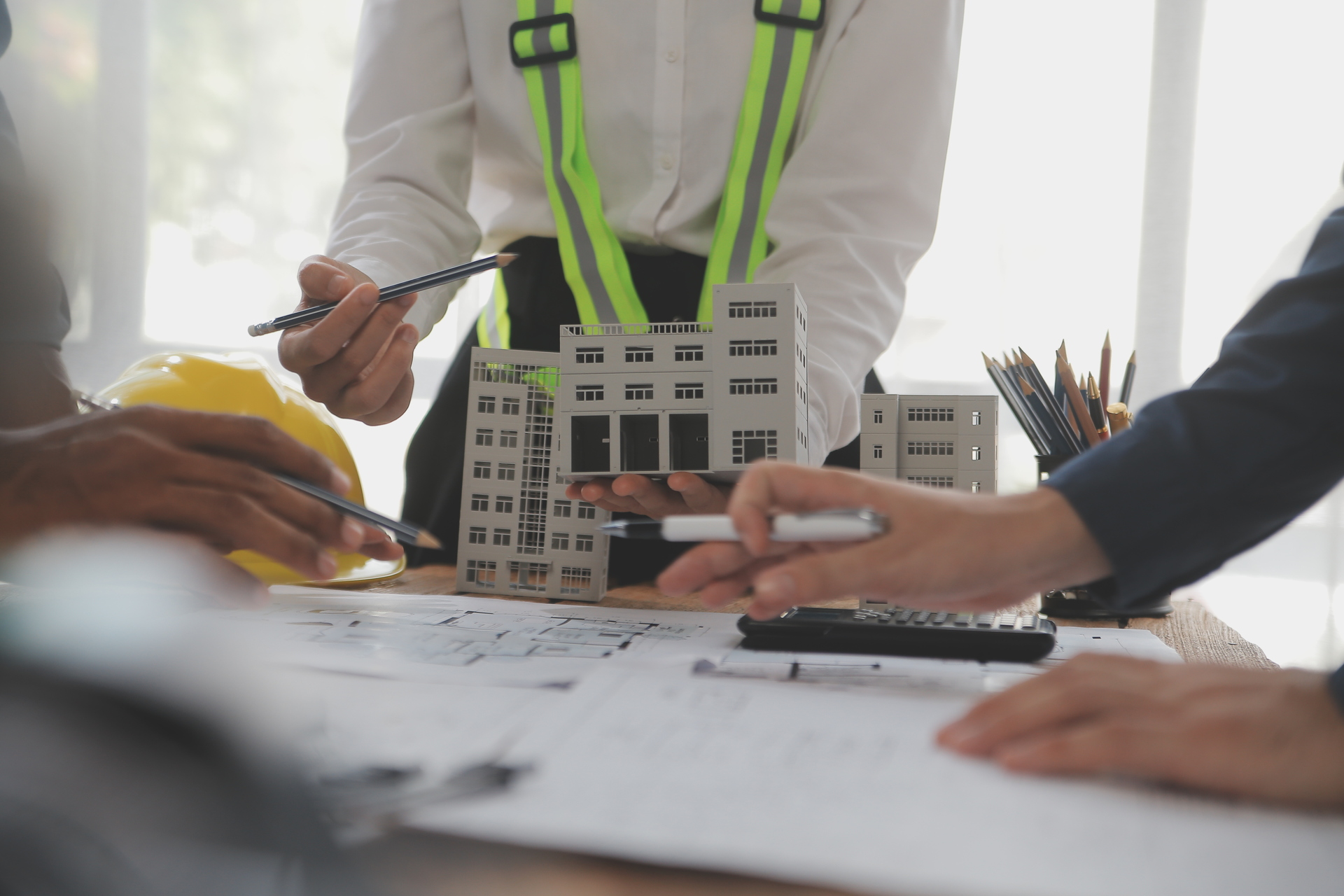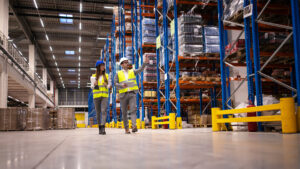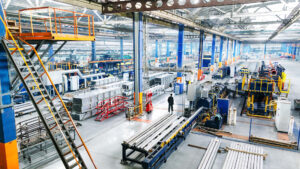Construction site safety is one of the leading concerns for government regulators, business owners, and workers in the construction industry. This industry is a significant economic driver in the United States, contributing approximately $2.1 trillion in 2024 alone. This sector employs over 10.76 million people, making it a vital component of the national workforce. However, Construction work is also the second most deadly job in the country, highlighting the urgent need for enhanced safety measures. This article will explore construction work hazards, Federal and local safety regulations, safety innovations, and construction site safety tips.
What are the Most Dangerous Hazards in Construction?
The Occupational Safety and Health Administration (OSHA) identifies the “Fatal Four” hazards in construction: falls, struck-by objects, electrocutions, and caught-in/between incidents. In 2022 alone, these hazards resulted in 991 out of 1,008 construction worker deaths. Identifying hazards related to the Fatal Four should be the priority on any construction site safety checklist.
- Falls
Falls are particularly deadly, accounting for a significant portion of these deaths. In 2022, falls led to 353 fatalities, making them the most common cause of death in the construction industry.
- Struck-by Objects
Struck-by-object incidents were the second leading cause of death, with 157 fatalities recorded in 2022. These incidents typically involve workers being hit by heavy machinery, tools, or falling debris.
- Electrocutions
Electrocutions resulted in 82 deaths in 2022. Most workers who died were not directly involved in electrical work. The accidents resulted from a lack of proper labeling of wires.
- Caught-in/Between
Caught-in/between incidents, which involve workers being crushed by collapsing structures, equipment, or materials, accounted for 99 fatalities in 2022.
What are the Most Important Federal Construction Site Safety Regulations?
Federal construction safety regulations are primarily governed by Title 29 of the Code of Federal Regulations, which mandates safe working conditions across various industries, including construction. Key regulations include:
- OSHA’s General Duty Clause
Section 5(a)(1) of the OSH Act, the General Duty Clause requires employers to maintain a workplace free from recognized hazards. This clause serves as a catch-all provision, ensuring employers address any safety risks not specifically covered by other OSHA standards.
- Specific Construction Standards
OSHA has developed specific standards for the construction industry, including regulations on scaffolding (29 CFR 1926.451), fall protection (29 CFR 1926.501), and excavation (29 CFR 1926.652). These standards provide detailed requirements for safe practices and equipment used to protect workers from common construction hazards.
- Employer Responsibilities
Employers are responsible for conducting regular site inspections, providing safety training, and making sure that all equipment meets safety standards.
What are the Most Important NY Construction Site Safety Standards?
In New York, the “Scaffold Law” (Labor Law Section 240) is an essential piece of legislation aimed at protecting construction workers from fall-related injuries. This law imposes absolute liability on employers and property owners if a worker falls from a height due to inadequate safety measures. The Law requires that any scaffolding over 20 feet high be equipped with safety devices such as guardrails and harnesses. It also mandates regular inspections and proper training for workers who use scaffolding. This law has been instrumental in reducing the number of fall-related injuries and fatalities in New York.
Construction Site Safety Equipment
Safety equipment is paramount for workers, especially those operating at heights. Essential gear includes personal fall arrest systems (PFAS), guardrails, safety nets, and appropriate scaffolding. Advanced safety harnesses with shock-absorbing lanyards are critical for workers at significant heights. These tools are designed to prevent falls and mitigate injuries if a fall occurs. Hard hats, steel-toed boots, and high-visibility clothing are standard requirements to protect workers from various on-site hazards.
Innovations in Personal Protection Equipment
Recent technological advancements have led to significant innovations in personal protective equipment (PPE). Modern PPE now includes wearable devices that monitor workers’ vital signs, fatigue levels, and exposure to environmental hazards such as heat and noise. These devices can alert workers and supervisors to potential risks, allowing for timely interventions and reducing the likelihood of accidents.
Monitoring worker fatigue is one of the essential innovations in construction work safety. According to a study by scientists at Texas A&M University, fatigue reduces workers’ hazard identification capacity and reaction time and increases the likelihood of accidents. Fatigue monitoring systems are being implemented to track workers’ alertness levels. These systems use various indicators, such as eye movement and reaction times, to assess fatigue and provide alerts when a worker needs to rest.
The Future of Construction Site Safety
The future of construction site safety protocols lies in the continued integration of technology. Innovations such as drone surveillance augmented reality for safety training, and AI-driven predictive analytics are poised to revolutionize construction sites’ operations. These technologies can enhance real-time monitoring, improve hazard detection, and provide data-driven insights to prevent accidents before they occur.
What to Do If You Are Involved in a Construction Site Accident?
Construction site safety still has a long way to go in the United States. If you are involved in a construction site accident, looking out for your safety and health is the most important thing. Even if you don’t feel an immediate threat to your life, seek medical attention. Injuries might be internal or manifest in the long run. When possible, notify your supervisor by writing to keep records of communications. Gather evidence surrounding the circumstances of the accidents; if you can’t, ask your coworkers to do it for you. Take pictures and videos of the accident site and record witness statements. To secure the appropriate workers’ compensation or file a personal injury claim or lawsuit, having the support of a successful team of lawyers dedicated to helping workers get justice after workplace accidents will increase your likelihood of getting the justice and compensation you deserve.






